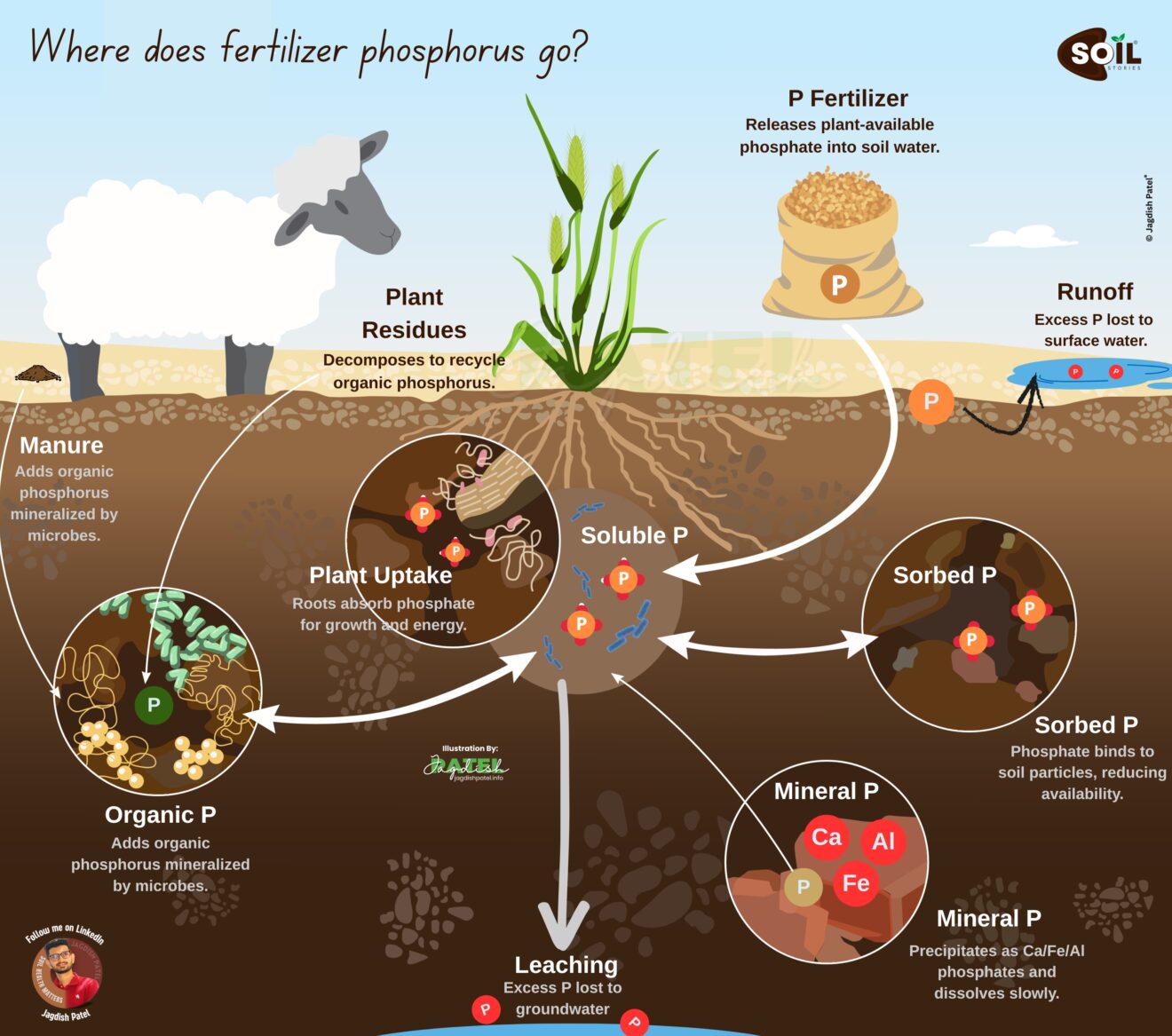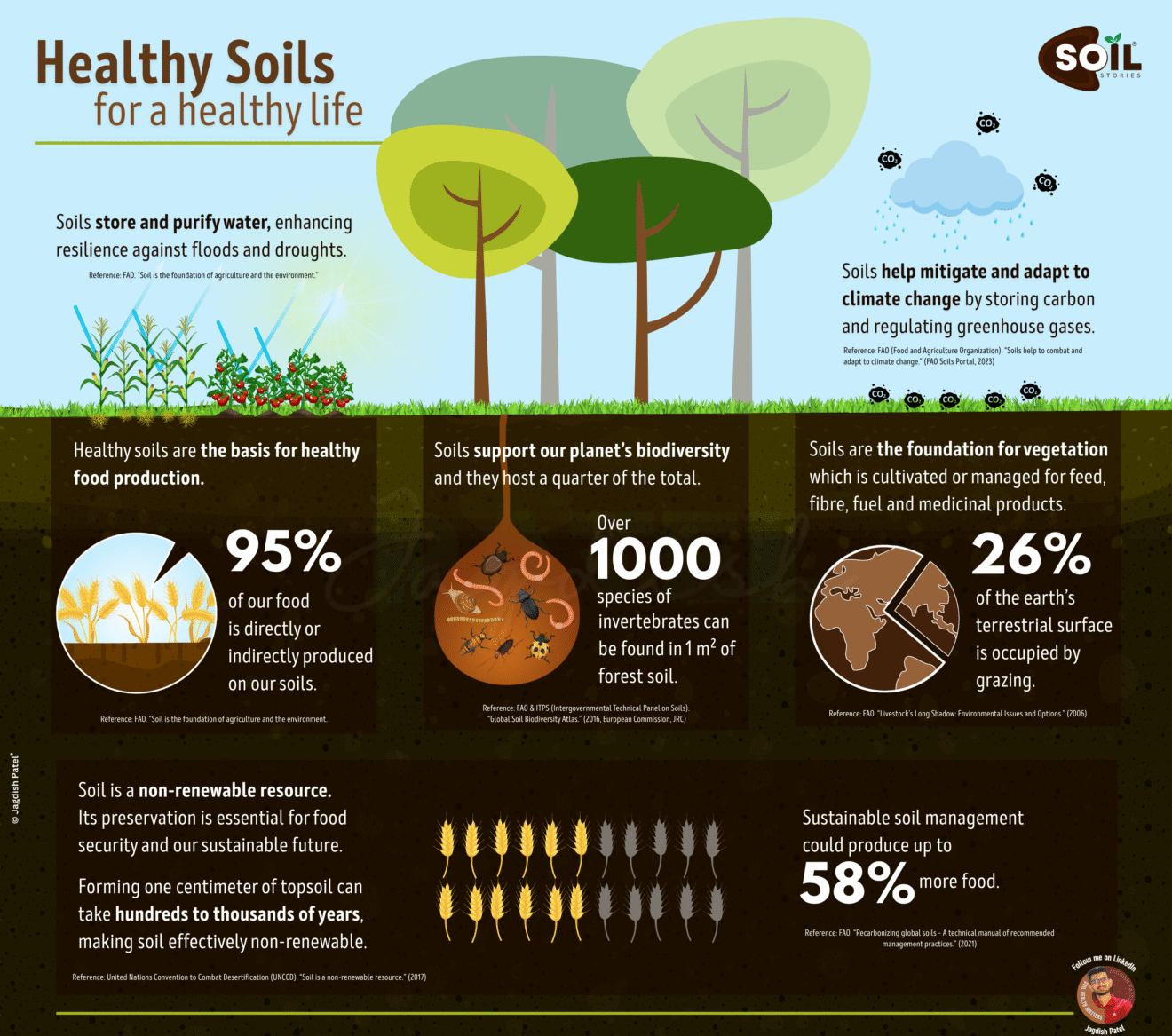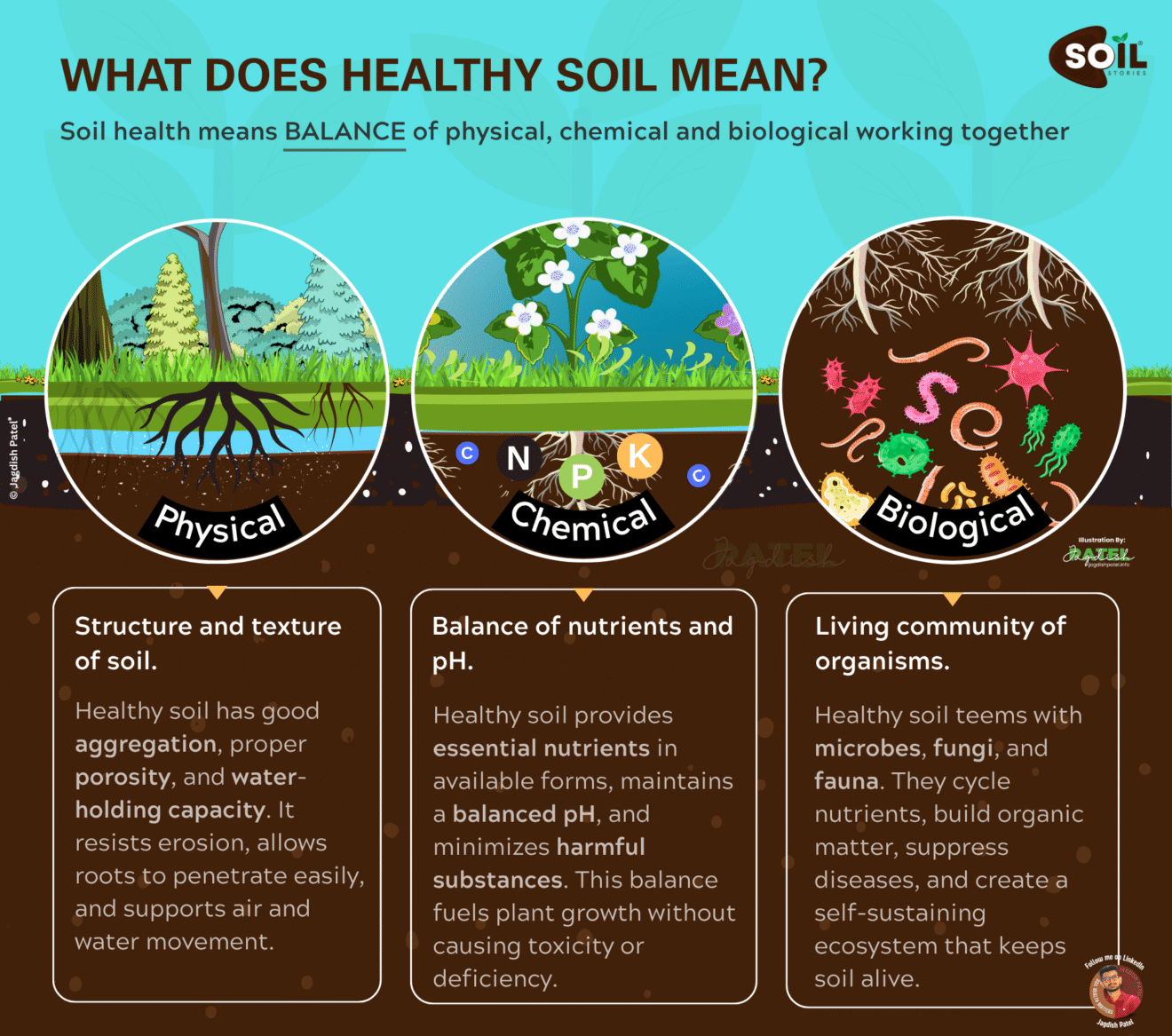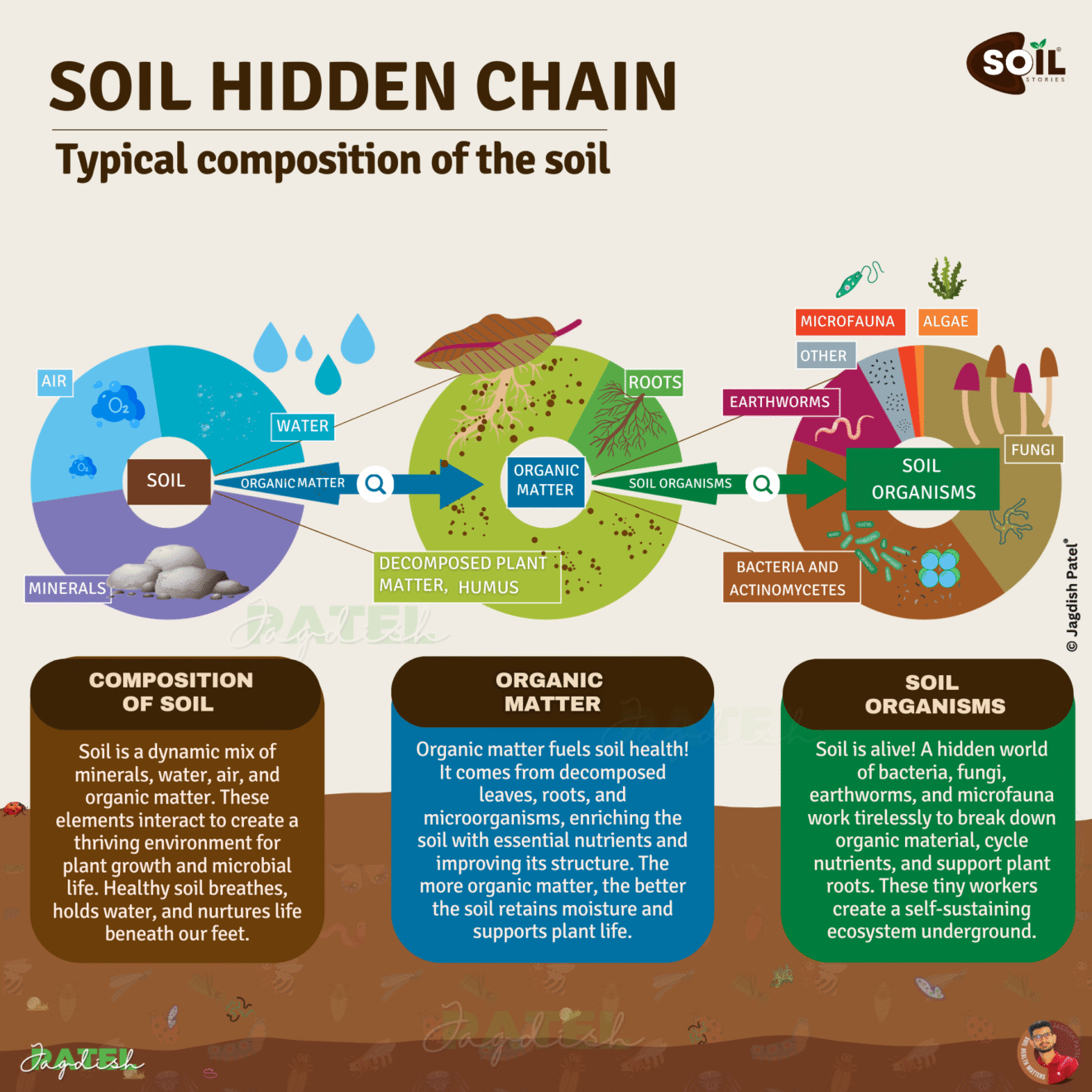For too long, we’ve measured soil health in terms of numbers: pH, NPK levels, EC, CEC. But beneath those figures lies a quiet, living system that rarely gets the spotlight: the biological conversation between plant root exudates and soil microbes. This hidden world plays a crucial role in plant health, yet it remains underrepresented in mainstream agricultural practices and awareness. The need to shift our focus from chemical inputs to biological interactions has never been more urgent.
This interaction isn’t just passive coexistence. It’s an intelligent, chemical dialogue. When a plant faces environmental stress, whether from drought, heat, salinity, or pest attacks, it responds with a complex chemical strategy. Root exudates are released,small molecules like sugars, amino acids, flavonoids, organic acids, and signaling compounds, that act as messengers to the surrounding soil. These exudates are not random; they are tailored to recruit specific microbial allies that can help the plant cope with its challenges. This exchange determines whether a plant simply survives or flourishes in a given environment.
Root exudates serve as a form of language between plants and soil microbes. Some exudates attract mycorrhizal fungi that extend the plant’s root system for better nutrient absorption. Others call in phosphate-solubilizing bacteria, which help unlock nutrients that are otherwise inaccessible. Some suppress harmful pathogens or signal beneficial microbes to ramp up defense mechanisms. These biological signals are part of a sophisticated underground network of communication and collaboration.
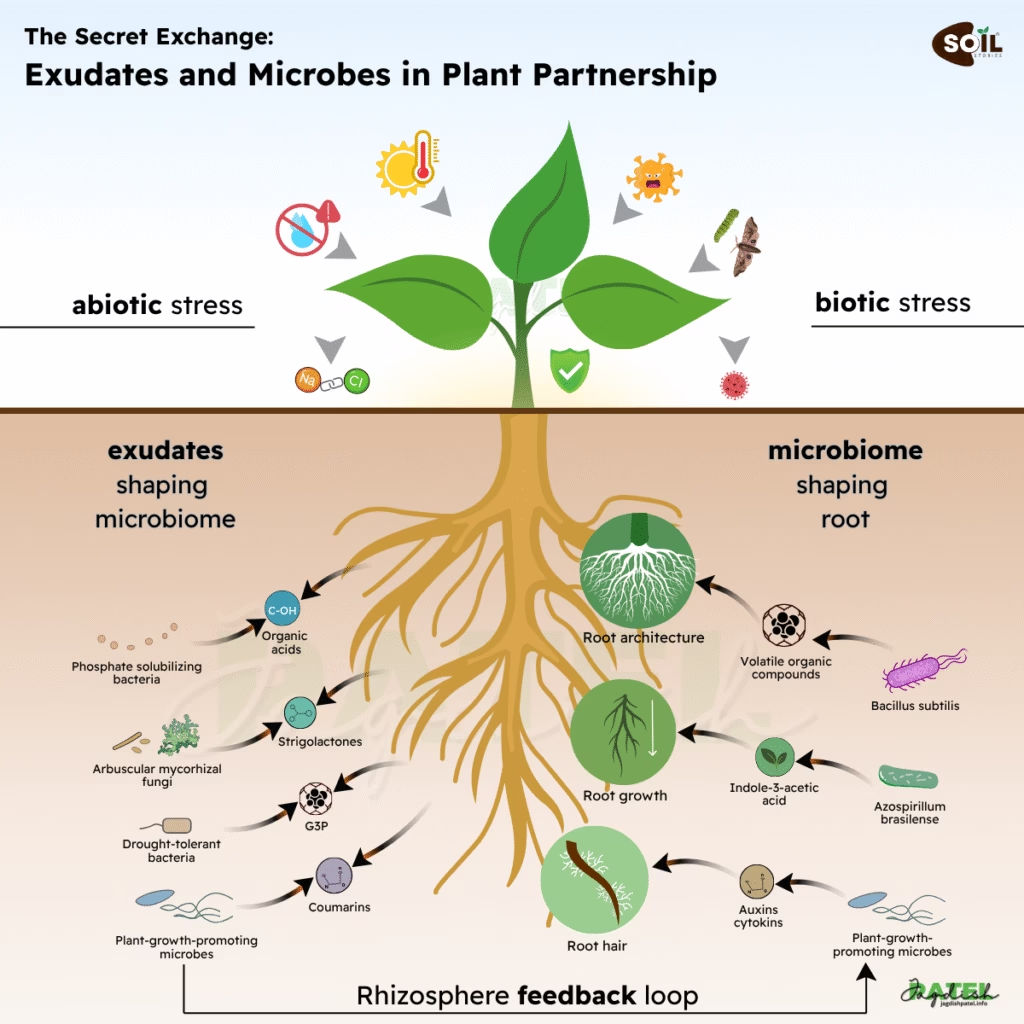
What Plants Say Through Their Root Exudates
Root exudates are more than waste or leakage. They are active compounds: organic acids, flavonoids, strigolactones, coumarins, G3P that do everything from unlocking bound nutrients to calling in mycorrhizal fungi and beneficial bacteria. Each plant releases a unique cocktail of exudates based on its species, developmental stage, and environmental conditions. For example, plants experiencing phosphate deficiency increase the secretion of organic acids like citric and malic acid to attract microbes that can mobilize phosphorus. This dynamic interaction shows that plants can actively shape the microbial communities around their roots.
These compounds don’t act in isolation. Each one targets a different group of microbes. This is the plant’s way of designing its own microbial community, attracting helpers that will enhance nutrient uptake, fight off disease, and stimulate stronger root development. Research has shown that plants can even fine-tune their exudate profiles depending on soil type, crop stage, or environmental pressure. This adaptive chemical communication helps plants cope with changing conditions and enhances their ability to grow in less-than-ideal environments.
This means that the plant is not a passive player, it is a manager of its own microbial workforce. A maize plant under phosphate deficiency will secrete more organic acids. A legume under iron stress will push out more coumarins. These are intelligent, situation-specific strategies embedded within root biology. The more diverse and responsive the microbial community, the better the plant’s ability to survive stress, grow efficiently, and produce quality yields.
How Soil Microbes Respond
The soil microbes respond in kind. Plant Growth-Promoting Rhizobacteria (PGPR), arbuscular mycorrhizae, and other beneficial species don’t just sit idle, they produce a wide array of biochemical substances that benefit the plant. These include hormones like auxins and cytokinins that stimulate root branching and elongation, volatile organic compounds that activate the plant’s immune system, and enzymes that break down complex soil materials into usable nutrients. These microbial activities significantly enhance the plant’s access to key nutrients like nitrogen, phosphorus, and potassium.
Some microbes also trigger Induced Systemic Resistance (ISR), priming the plant’s immune system for better defense. This mutual exchange ensures that the plant receives support far beyond what chemical fertilizers can offer. Beneficial microbes form biofilms around roots, protect against root pathogens, and help maintain soil structure and moisture retention. In return, the plant continues to supply them with carbohydrates and other exudates, forming a mutually beneficial feedback loop.
This exchange forms a rhizosphere feedback loop, a self-sustaining partnership between roots and microbes that powers resilience from below. The rhizosphere becomes a hotspot of biological activity, one gram of rhizosphere soil can contain over a billion microbial cells and thousands of species. These organisms interact with each other and with the plant in complex ways that affect not just plant growth but also the cycling of nutrients and carbon in the soil.
Plant-Microbe Interaction – What Went Wrong
Decades of intensive farming have taken a toll on this biological conversation. We’ve disrupted microbial diversity, silenced root-to-microbe signaling, and weakened the soil’s natural ability to support plant resilience. Improper farming practices, monoculture cropping, and excessive tillage have turned once-living soils into fragmented systems. These actions have stripped soils of their organic matter and microbial richness, leading to lower fertility and increased susceptibility to pests and diseases.
The overreliance on chemical inputs has further aggravated the problem. Excessive nitrogen, phosphorus, and potassium often suppress microbial activity or shift the balance toward less beneficial species. The biological diversity that once made soils resilient has been flattened by simplified, input-heavy systems. As a result, plants become increasingly dependent on synthetic fertilizers and pesticides, creating a vicious cycle of declining soil health and escalating input costs.
Without microbial partners, plants grow, but they do so with increasing reliance on external inputs. They lose their ability to adapt, respond, and thrive on their own. This loss of biological support undermines the long-term sustainability of agricultural systems and makes farming more vulnerable to climate extremes and soil degradation.
Microbial Functions and Their Exudate Triggers
| Function | Microbiome | Exudates |
|---|---|---|
| Phosphorus solubilization | Pseudomonas, Bacillus | Organic acids (e.g. malic acid) |
| Iron mobilization | Actinomycetes | Coumarins |
| Mycorrhizal association | Glomus spp. (AMF) | Strigolactones |
| Drought resilience | Azospirillum, Rhizobium | Flavonoids, trehalose |
| Root architecture shaping | Trichoderma, Bacillus | G3P, IAA precursors |
A New Path Forward
Today, many of these beneficial microbes, especially PGPR strains, are available in commercial bioformulations. But it’s not just about inoculation. It’s about restoring the conditions where these microbes can establish, communicate, and co-evolve with plants once again. In order to do this, farmers must adopt practices that support biological life in the soil, such as adding compost, reducing tillage, incorporating cover crops, and maintaining soil moisture.
Soil needs organic matter, cover crops, minimal disturbance, and moisture retention to support a healthy microbiome. These are not alternative methods, they are essential strategies for regenerating a broken system. Transitioning to biology-centered farming requires both mindset change and practical tools, including soil biology testing and microbial-friendly input planning.
The future of agriculture doesn’t lie in higher inputs. It lies in deeper understanding. If we begin to treat soil as a biological system, not a passive medium, we can design farming that is not only productive but regenerative. When we manage for microbial diversity and function, we unlock a system where plants are supported not by what we add to the soil, but by what already lives in it.
We also need new metrics. Just as we monitor nitrogen levels or pH, we should begin to measure microbial biomass, diversity, and functional groups. Tools like qPCR and metagenomic sequencing can now help identify which microbes are present and how they’re contributing to the soil-plant system. These insights can guide better soil management and unlock the full potential of nature-based farming.
Let’s Listen to the Soil
Every exudate is a message. Every microbial response is a solution. This interaction is not only natural but also powerful. It enables plants to co-create their support systems and navigate environmental stress in ways that synthetic inputs alone cannot replicate.
The more we understand this secret exchange beneath our feet, the closer we get to building truly sustainable food systems, rooted in biology, not dependency. This is the future of wise agriculture, where plants are not just fed but empowered through the life in the soil.
📖 Inspired by:
Root architecture and the rhizosphere microbiome: Shaping sustainable agriculture
Related Articles
- Illustrated Guide: The Process of Colonization by Beneficial Bacteria
- Soil Microbes for Sustainable Farming
🔗 Connect with me on LinkedIn for more insights:

